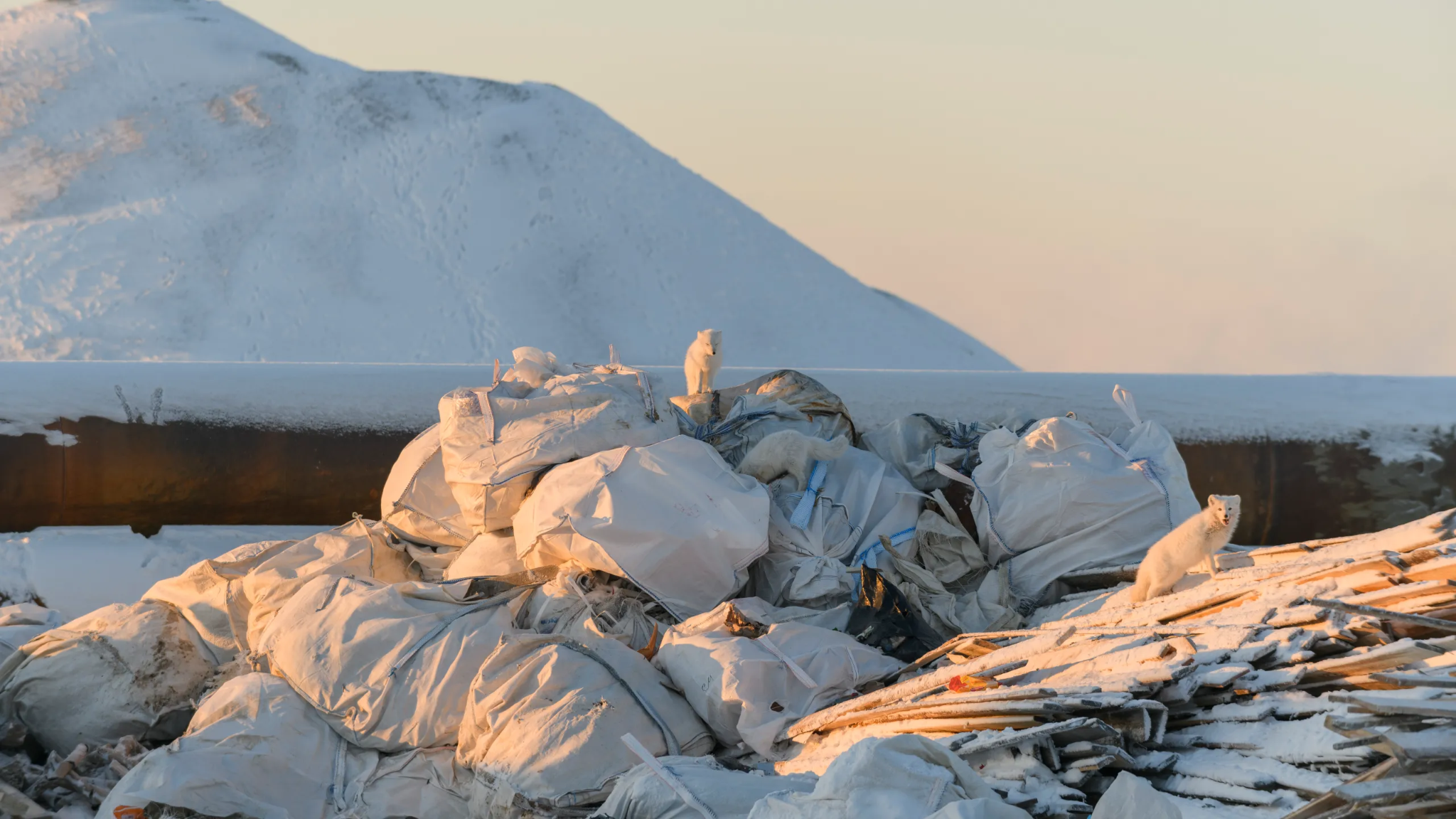Free Courses Sale ends Soon, Get It Now


Free Courses Sale ends Soon, Get It Now



Disclaimer: Copyright infringement not intended.
Context:
The report and its findings:
Recommendations of the report
Ways forward to address the Arctic's plastic crisis:
|
PRACTICE QUESTION Q) Discuss the findings and recommendations of the report titled "The Arctic’s Plastic Crisis: Toxic Threats to Health, Human Rights, and Indigenous Lands from the Petrochemical Industry." How can international cooperation, policy reforms, and community engagement address the challenges posed by plastic pollution in the Arctic region? (250 Words) |
© 2024 iasgyan. All right reserved